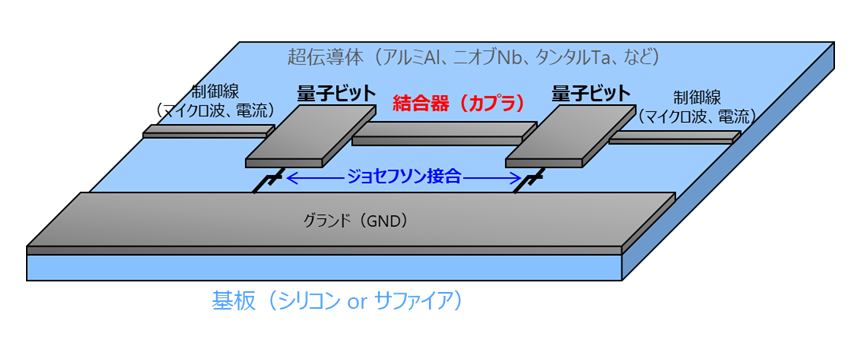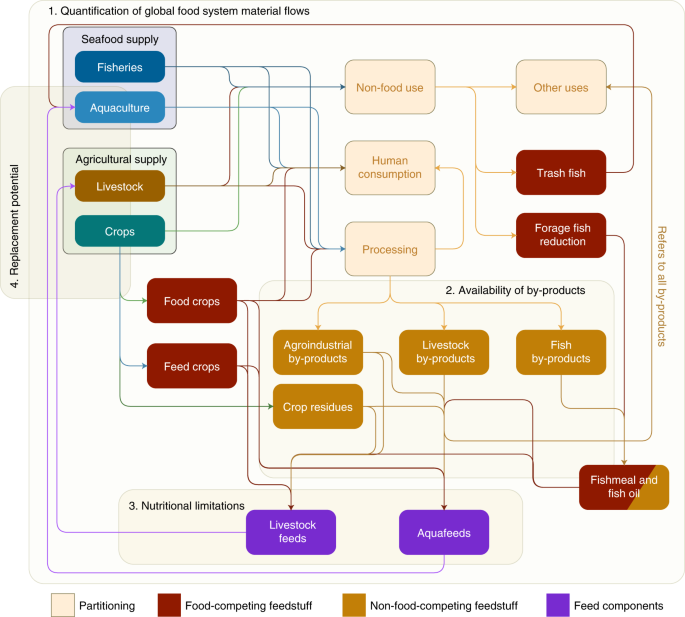超低温と室温のコンピュータ間の相互作用を効率化するデバイスを開発 Researchers create a device to streamline interactions between ultra-cold and room-temperature computers
2022-09-16 カリフォルニア大学サンタバーバラ校(UCSB)
共同研究者たちは、電気入力を光のパルスに変換する装置を作りました。電流を流すと磁場が発生し、合成ガーネットの光学的特性が変化する。
磁場がガーネットの屈折率を変化させ、光に対する密度が変化するのだ。この特性を変えることで、ピンタス氏は、マイクロリング共振器内を循環しガーネットと相互作用する光の振幅を調整することができる。これにより、電信のモールス信号のように、光ファイバーケーブルに情報を伝達する明暗のパルスを作り出すことができる。
研究チームは、この変調器をできるだけ実用的なものにするための工夫も行っている。この光変調器は、インターネット通信に使われる光の波長と同じ1,550ナノメートルの波長で動作する。また、標準的な方法で製造されているため、製造も簡単。
<関連情報>
- https://www.news.ucsb.edu/2022/020711/magneto-optic-modulator
- https://www.nature.com/articles/s41928-022-00823-w
極低温用集積型光磁気変調器 An integrated magneto-optic modulator for cryogenic applications
Paolo Pintus,Leonardo Ranzani,Sergio Pinna,Duanni Huang,Martin V. Gustafsson,Fotini Karinou,Giovanni Andrea Casula,Yuya Shoji,Yota Takamura,Tetsuya Mizumoto,Mohammad Soltani & John E. Bowers
Nature Electronics Published:05 September 2022
DOI:https://doi.org/10.1038/s41928-022-00823-w

Abstract
Superconducting circuits can operate at higher energy efficiencies than their room-temperature counterparts and have the potential to enable large-scale control and readout of quantum computers. However, the required interface with room-temperature electronics creates difficulties in scaling up such cryogenic systems. One option is to use optical fibres as a medium in conjunction with fast optical modulators that can be efficiently driven by electrical signals at low temperatures. However, as superconducting circuits are current operated with low impedances, they interface poorly with conventional electro-optical modulators. Here we report an integrated current-driven modulator that is based on the magneto-optic effect and can operate at temperatures as low as 4 K. The device combines a magneto-optic garnet crystal with a silicon waveguide resonator and integrates an electromagnet to modulate the refractive index of the garnet. The modulator offers data rates of up to 2 Gbps with an energy consumption below 4 pJ per bit of transferred information, which could be reduced to less than 50 fJ per bit by replacing dissipative electrodes with superconductors and optimizing the geometric parameters.



